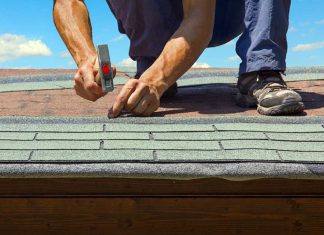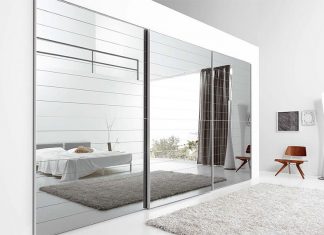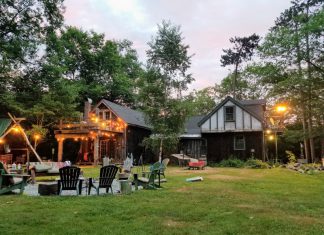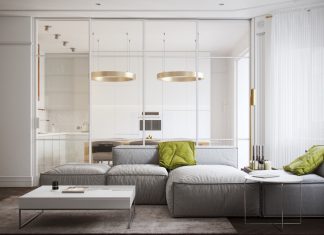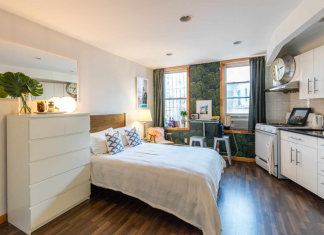There are three major sources of heat in your home during the summer which are sunlight that shines through your windows, heat that conducts through your walls and ceiling from the outside air and heat given off by lights and appliances. You can stay cooler this summer by getting a professional contractor like Economy Heating & Air Conditioning Repairs to install an energy efficient cooling system in your home which emits fewer carbon emissions and saves you money.
Install the split ductless system
A split ductless system is energy-efficient and uses an outside condenser and compressor with indoor blower units to cool the room they are installed in. These air handlers are mounted high up on the wall and distribute air through rooms of the house. Each blower unit is connected by a channel with a power cable, refrigerant tubing and condensate drain. The benefit to this system is because each unit cools the room it’s in, you can keep rooms at different temperatures. This system feels like central air even though it is not and no ductwork is necessary.
Choose the standard air-conditioning and furnace split system
A system with a central air conditioner and fossil fuel furnace has a blower fan in the furnace that circulates air through ducts. The air-conditioning and furnace split system pulls untreated air into the system to cool or dehumidify the air and pushes the treated air through ducts into living spaces. This system has a slightly lower equipment cost than a heat pump system. High-efficiency furnaces have lower operating costs than boilers. A split system is quieter because the exterior condenser for the air conditioner is located separately to the air-blowing unit inside your house.
Implement the mini-split pump system
The mini-split pump system has been gaining popularity spurred on by competitive costs and increasing efficiency. This system has two main parts, an outdoor compressor or condenser and an in-door air handling unit. It operates similarly to standard heat pumps, but uses inverter technology which means it runs most of the time when cooling, but at low capacities, increasing or decreasing when needed to maintain even indoor temperatures. These systems don’t need ducts and the indoor units are installed inside an existing duct near the living space. This system has low annual energy costs and is one of the most energy-efficient option.
Select the geothermal cooling system
Geothermal cooling systems circulate water in pipes below the ground where it is cooled in summer. It is easier to dump heat in cool temperatures below ground, than in very warm summer air. After transferring heat to the ground loops, the refrigerant moves through the expansion valve, which decreases the temperature and pressure of the refrigerant. The now cold refrigerant travels through the evaporator coil to come into contact with the hot air inside your home. The heat from the air inside is absorbed by the cold refrigerant leaving only cold air. This system is efficient and uses low annual energy.
Introduce air conditioning
Central air conditioning uses ducts to send cooled air throughout the house. The refrigerant circulates between an indoor coil and an outdoor condenser with a compressor cooling and dehumidifying the air. The blower fan circulates the air through the house using ducts. Evaporative air conditioners use a fan to bring in outside air which is pulled through moist pads. Evaporation cools the air which is then distributed throughout the house. Window unit air conditioners cool interior air by a fan blowing air over an evaporator. A second fan blows outside air over the condenser which draws heat from the interior and pushes it outside.
Improve windows and shade
Sunlight shining in windows especially on the east and west sides of the house add the largest amount of summer heat. The sun also heats the roof and walls of the house increasing heat conduction to the interior. Use awnings above windows and install drapes or blinds on east and west-facing windows to reflect sunlight back outside. Plant trees and foliage around your home to stop heat seeping in through the windows and roof. Put in high-performance windows with low-e glazing that looks clear, but blocks a large amount of heat gain or apply a reflective, heat-reducing window film to keep your home cool.
Include ceiling fans
Ceiling fans can create air movement that helps cool your home by creating a low-level wind chill effect through a room. Fans should have multiple speed settings so airflow can be reduced at lower temperatures. Energy star ceiling fans provide more effective fan cooling with less energy by using improved blade design, offering more control options and include high-efficiency light kits. Window fans should be located on the downwind side of the house facing out. A permanent whole-house fan, mounted in a hallway ceiling on the top floor, is more convenient than window fans, and sucks air from the home, blowing it into the attic.
The type of cooling system you choose for your home is an important decision but no matter the cooling system you decide to use, make sure you find a good contractor to install your system. The right contractor such as Economy Heating & Air Conditioning Repairs will create a unique cooling system specific to your home that will last for years to come.










